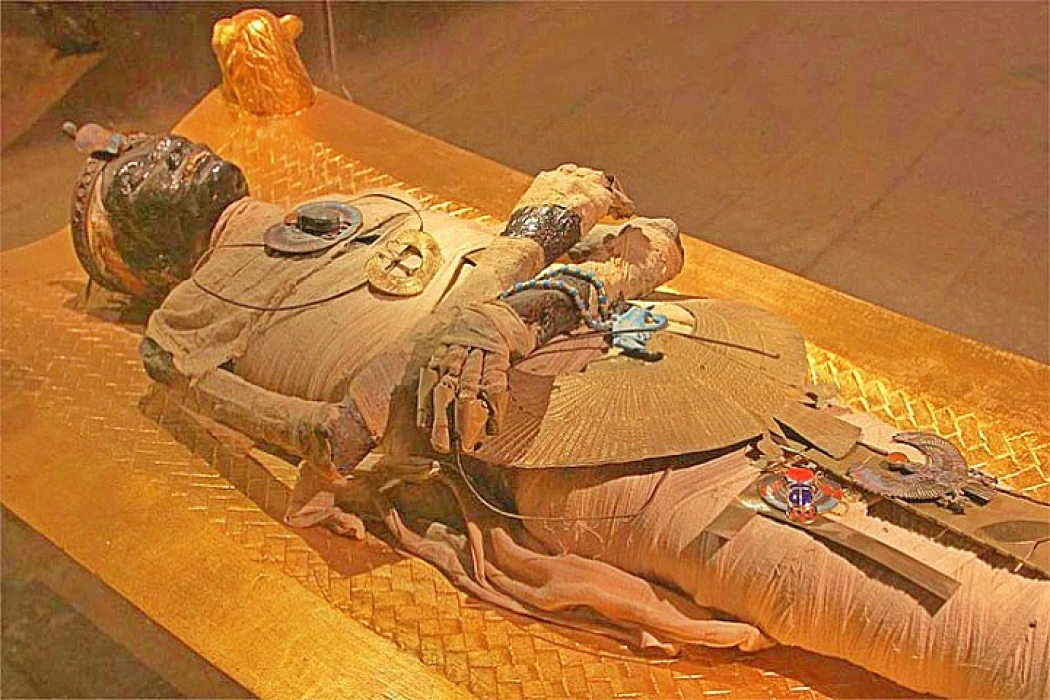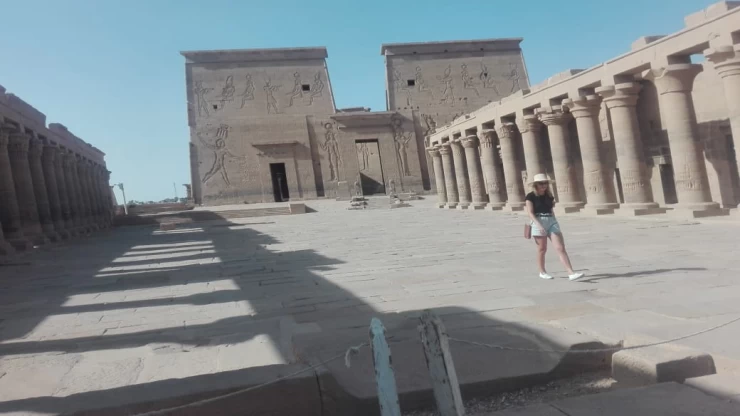
The Mummies Room inside the Egyptian Museum | Royal Mummies Room
The Mummies Room inside the Egyptian Museum
Among many things to do in Cairo, The Egyptian Museum is one of the largest and most famous international museums, located in the heart of the Egyptian capital "Cairo" on the northern side of Tahrir Square. Its history dates back to 1835 and was then located in the Azbakeya Garden, where it included a large number of various antiquities, then transferred its contents to the second exhibition hall o
f Saladin Citadel, until the thought of the French Egyptologist Auguste Mariette, who was working in the Louvre Museum in the opening of a museum in which he displays a group One of the antiquities on the Nile shore at Bulaq, and when these ruins were exposed to the risk of flooding, they were transferred to a special annex to the Khedive Ismail Palace in Giza, then Egyptologist Gaston Maspero came to open in 1902 during the era of Khedive Abbas Hilmi II building the new museum in its current location in the heart of Cairo.
The museum started in 1996 the first hall for displaying royal mummies in the Egyptian Museum in Cairo and ten years later, in 2006 another hall was opened, which includes 11 mummies of kings and priests from the New kingdom dynasties, the twentieth dynasty, and 21st dynasty.

The Egyptian Museum in Cairo
Royal Mummies Room
It took about two years to prepare this hall and its display methods follow the most recent museum display styles and mummies in the hall before being exposed to restoration processes through the effects research laboratories where moisture was withdrawn from them and treated to prevent any bacteria from sleeping and thus negatively affect the mummies.
The first and second halls are similar in that they take the form of tombs on the western mainland, where a domed roof is surmounted by them, and their lighting is dim. Mummy, all in good condition, was discovered in Deir el-Bahari.
The hall includes 11 mummies that were found in the cache of Deir el-Bahari, and are displayed in two glass vases with devices for measuring humidity, temperature, and pressure, to preserve the mummies and protect them from any damage, and among the most prominent mummies by “forgetting Khonsu - family 21, the era of Banjam II” 991- 970 BC ", which is the second wife of the high priest of Amun Banjim II, and represents a sophisticated model of the embalming style of the family 21, where the eyes closed and the dark yellow color of the skin gave a sense of vitality and freshness. Likewise, the mummy of “Maat Kare” and next to her is a small, “Family 21, the era of Banjam I” 1054-1031 BC. She is the divine wife of Amun and may have been the daughter of the chief priest of Amun Banjam I. He was buried with her, but the x-ray then showed her to be a monkey's mummy
.
You can learn about how the buildings in Egyptian Temples Architecture were made and discover lots of interesting facts about the country's history.


















